Spotlight on Matthew Murphy: Theatre Photography Edition
In Theatre Trip’s “Spotlight On” series, we’re chatting with some of the most inspiring people in the theatre industry. And today we’re doing a special feature on Matthew Murphy – the incredible theatre and dance photographer behind MurphyMade.
Matthew Murphy is one of Broadways leading photographers, and you’ve most likely seen his photos at one point or another. He has photographed huge Broadway hits such as Hadestown, Beetlejuice, Harry Potter and the Cursed Child, and Dear Evan Hansen, to name just a few. He’s also very highly a sought-after headshot photographer in the theatre world. So make sure to keep reading for more on how Matthew got to where he is, along with some valuable nuggets of wisdom for aspiring actors and photographers.
Let’s start at the beginning! What initially inspired you to pick up a camera?
“My career as a photographer actually began at one of the most trying times of my life. I’d been dancing with American Ballet Theatre in the corps de ballet since I was 17 years old, and right after my 21st birthday I came down with Epstein-Barr Virus (the virus that causes mono among other things). As you can imagine, this made dancing impossible as I felt like I had the flu for almost two years straight. During my recovery I decided to spend my little bit of savings to order a camera on Amazon so I had something creative to do with my days. Since I was only really able to walk for small amounts of the day, I began by exploring my neighborhood and taking photos to post to my blog.
ABT was incredibly supportive during this time and I remained employed by them for about a year while I was trying to figure out my health. One of the most fortunate aspects of this was they allowed me to come in and photograph rehearsals during my time off. I really cut my teeth as a photographer by capturing images of the world’s most incredible dancers. It was a brilliant crash course in the technical aspects of photography—few things are more challenging to shoot than dance—and I am so grateful for their support during that time.”
“… once I picked up a camera I was hooked; there was a sense of creative control I’d never felt as a dancer.”
And what was it that first drew you into the world of theatre and dance?
“I come from a full family of artists, so with my dad as an actor and my mom and sister as dancers it seemed pretty inevitable that I would land somewhere in the arts. Truth be told, I didn’t have a huge amount of interest in photography until my dance career ended. But once I picked up a camera I was hooked; there was a sense of creative control I’d never felt as a dancer. I reached out to all of my contacts in the dance world and asked if I could come and spend time photographing their rehearsals and performances. I was fortunate many of them were willing to give me a chance early on because it gave me a boost of confidence to keep pursuing photography professionally.
Transitioning into theater photography was always a dream but one I didn’t know would be possible. As a kid, in addition to ballet, I always was a huge theater geek. Each summer we came to the city to see all of the season’s latest hits; I’d go back to Montana and spend hours listening to the cast albums while looking through their booklets containing the stunning work of production photographer Joan Marcus. During the trips I’d also take roll after roll of Kodak disposable camera film of pictures of Broadway billboards I’d then hang on my wall. I think without even realizing it I was setting my sights on a future dream.”
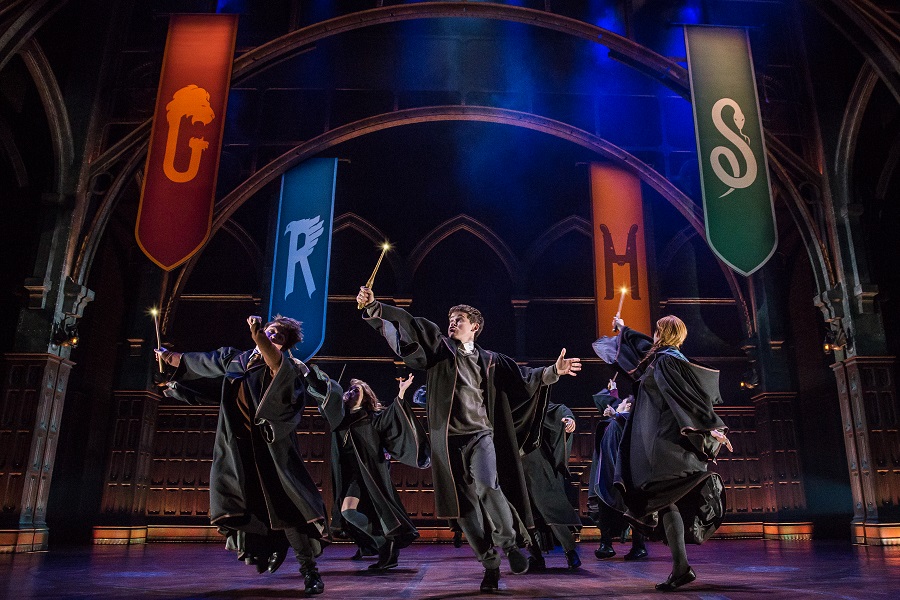
What has been the biggest challenge you’ve had to face in your career so far?
“Freelancing is not for the faint of heart, but I consider myself unbelievably lucky. The challenges really run the gamut. On the whole the biggest challenge sometimes is being your own boss and motivating each day to keep hustling. I take pride in the fact that I don’t rest on previous accomplishments; I continue to search out new work and put my name out there to clients with whom I’d like to work.
One of the challenges I didn’t anticipate when I was starting out was what it would be to navigate all the cooks in the kitchen on a show. Because of the amount of money involved there are a lot of people to please and a lot of opinions that go into creating the final product. Sometimes a lot of my job becomes about filtering the different pieces of information and taking what’s necessary to create a great image that will please the producers as well as the ad and press agencies.”
And what would you say is the most rewarding thing about what you do?
“If you had told me when I was a kid I’d get to be a part of the Broadway community in any way I would have said all my wildest dreams came true. And to be honest, they really have. I’ve gotten to travel the world and watch actors and creative teams at the top of their game creating brilliant works of art. I’ll never get over the feeling of photographing final dress rehearsals and witnessing soon-to-be-legendary performances before the world has seen them.”
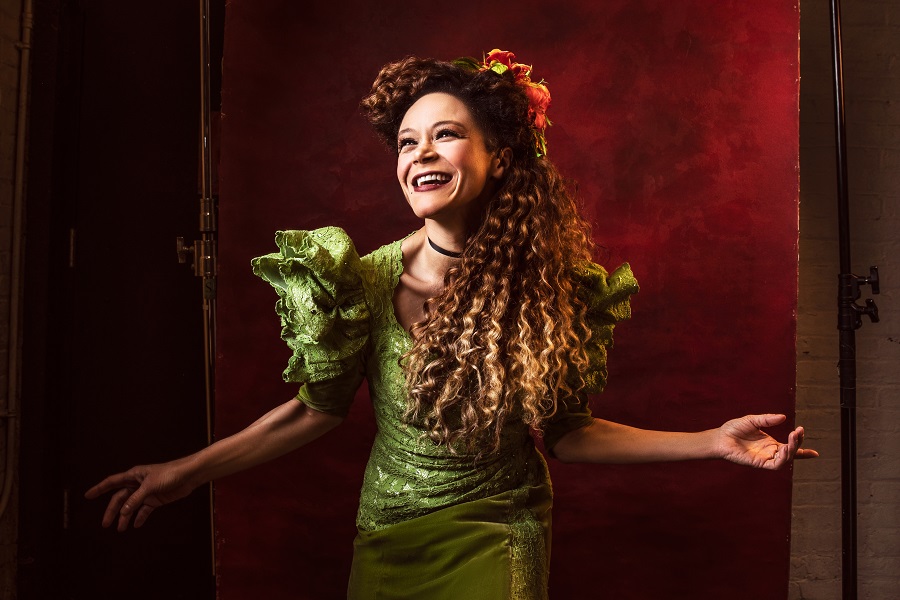
Can you tell us a bit about the logistics of photographing a show? And at what point of the process do you typically do so? I ask because your photos make it seem like you must have been right up there on the stage with the performers.
“The process of working on a show can differ from production to production. One of the most consistent aspects is that my time on the show usually begins with photographing the dress rehearsal and concludes before the show’s official press opening. When I’m there for dress rehearsals I’m running around the theater getting as much variety as possible as they do the show in real time. I’m usually up and down on a ladder, up and down the aisles getting right up against the stage and sometimes jumping up to the balcony to get wide shots. I also often have the brilliant Evan Zimmeran, my associate photographer at MurphyMade, working on many productions with me to get extra coverage.
For larger musicals there is almost always a “setup” call where we go through predetermined portions of the show and finesse lighting and spacing. During setup calls I can get on stage or in the wings (or in the pit or balcony for that matter) in order to get a bit more creative with the angles.
Throughout all of it my goal is always to get an image that not only portrays what the show looks like (sometimes you need shots that act more as archival imagery) but to also get a sense of how the show feels emotionally and energetically to the audience.”
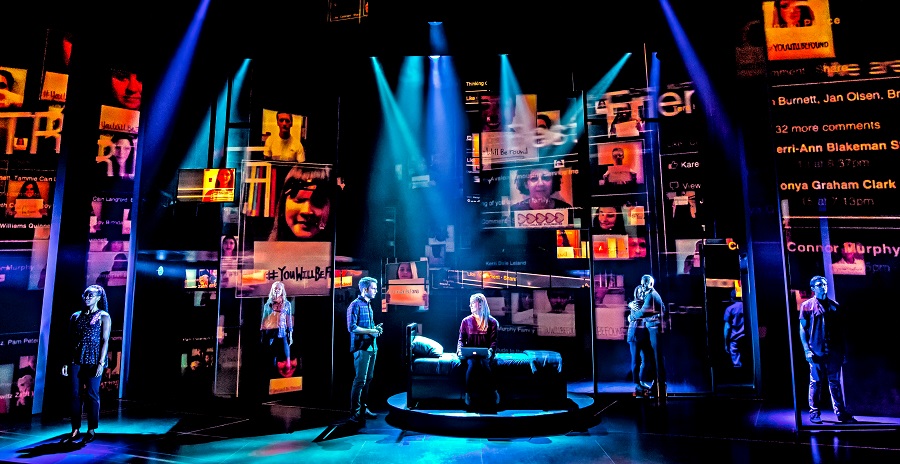
Are there any specific ways that actors can better prepare for their headshot photoshoots?
“The biggest thing I say when talking to actors about headshot shoots is to really take the time to prepare. That starts with the search for the right photographer—not every photographer is a fit for every person—and goes through walking into the room for the shoot. When searching for a photographer look for consistency in their work. It’s one thing to take one great photo…it’s another to take a hundred. I advise people to work with someone who their colleagues have worked with. This allows them to not only get a personal recommendation, but they can also look at the shots and make sure the final image portrays a true representation of their friends’ personality and look.
After deciding on a photographer, I think it’s incredibly important—especially for younger actors coming out of school—to take some time to write down a list of what they’re hoping to portray with the shots. This can be anything from specific dream roles, to words and feelings they want the images to evoke. One of the most important pieces of advice I give my clients is to create a playlist for the shoot. If you want extra credit, create a playlist for each of the looks you are going to shoot to evoke the different mood you want to portray. Music is an incredible tool for setting the scene, and in addition to that it gives you control over something in the room; on a day where you might be nervous having a familiar bop you love will help ease your fears.”
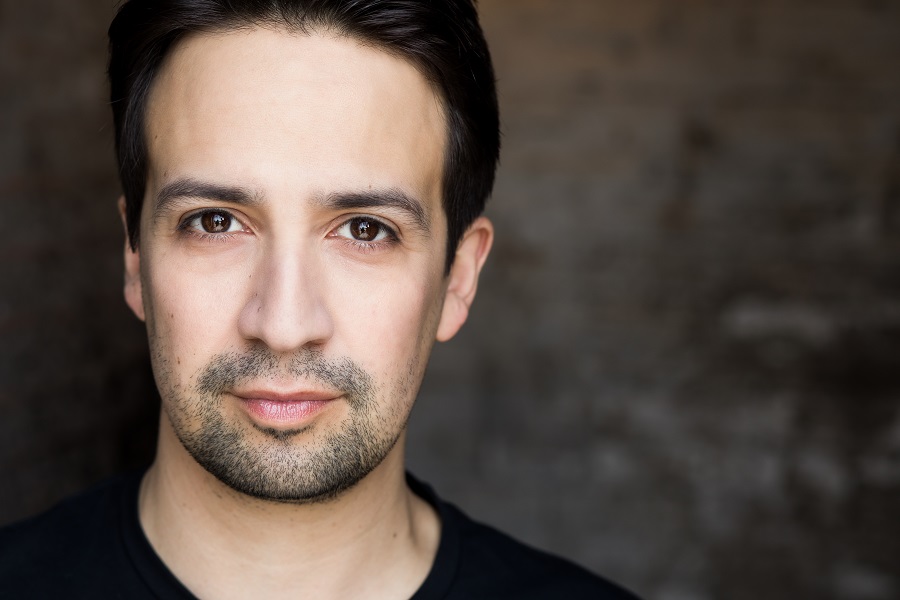
It’s amazing that you travel so often, as we love sharing about what’s happening on different stages around the world here at Theatre Trip! Any favorite places or travel recommendations for our readers? Or possibly cool cities to see theatre in (other than NYC)?
“One of the things I still can’t believe is how fortunate I’ve been to travel as much as I have for work. Of all the places I’ve been I think my #1 favorite location is Melbourne, Australia. It’s just a phenomenal mix of cultures with some of the best food I’ve ever had. And of course the best coffee in the world. Truly unreal.
Additionally, I was a huge fan of Stockholm and Ireland. As far as seeing theater, London obviously takes the cake in that regard. Any time I’m there I try to sneak away from work for a night to see the latest West End hits.”
Is there any particular place, show, or person that you would love to photograph one day? What’s on that photographer’s bucket list of yours?
“The people that fill my bucket list are still the artists I idolized as a kid; people like Bernadette Peters and Stephen Sondheim. And no list is complete without Beyonce. Obviously.”
“Don’t be afraid to put yourself out there. The worst thing that can happen is someone doesn’t respond or says “thanks but no thanks.” The best thing that can happen is a new opportunity.”
Do you have any advice for those who may be interested in going into the field of theatre photography?
“Practice, practice, practice. The only thing that’s predictable in this profession is that it’s unpredictable. Each show presents its own challenges (whether that’s tricky lighting or confined spaces to shoot in), so it’s best to shoot as much as you can, always on manual mode, so you begin to understand exactly how to make technical adjustments in real time.
Don’t be afraid to put yourself out there. The worst thing that can happen is someone doesn’t respond or says “thanks but no thanks.” The best thing that can happen is a new opportunity. Just be sure before you send cold emails you’re confident with your portfolio and you’ve done your research on the person you are contacting.
Above all, be kind… and always thank your lighting designers and stage managers.”
What’s next for you?
“These days as soon as one season wraps another one begins, so I jump right into the 2019-2020 season with Moulin Rouge. Summer is also a great time for me to work on some personal projects, so I’ll be in the studio photographing dancers as much as I can. On top of that, I’ll be doing some traveling with my husband to London to see the reading of his latest musical. And then I’ll be out hiking with him and our dogs as much as I can through the summer so I can come into next season rejuvenated.”
What did you think of this interview with Matthew Murphy?
Are any of you working as or aspiring to be a theatre photographer? We’d love to hear all about what you’re up to in the comments below! And in the meantime, you can check out even more of our exciting interviews with other inspiring people in the theatre industry!
Learn More:
Want to stay in the loop with all things related to musical theatre?
Author: Stacy Karyn
Stacy Karyn is the founder of Theatre Trip, author of The Thespian’s Bucket List, and creator of The Cast Album List. She holds a BA in theatre, a TESOL drama certificate, and has worked and interned with Broadway and Off-Broadway theaters.

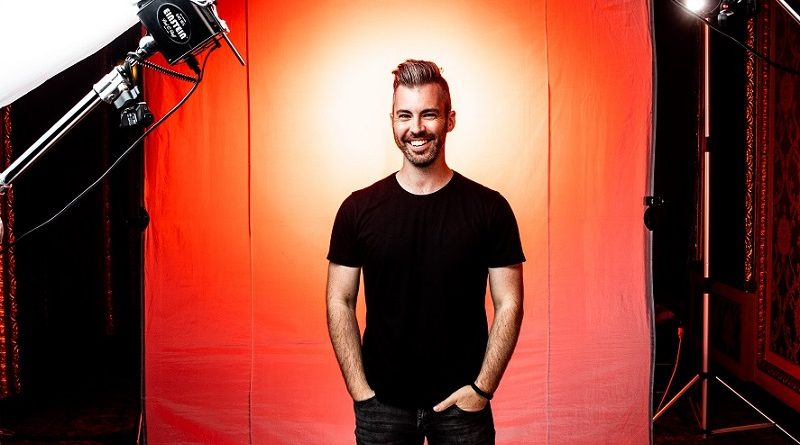
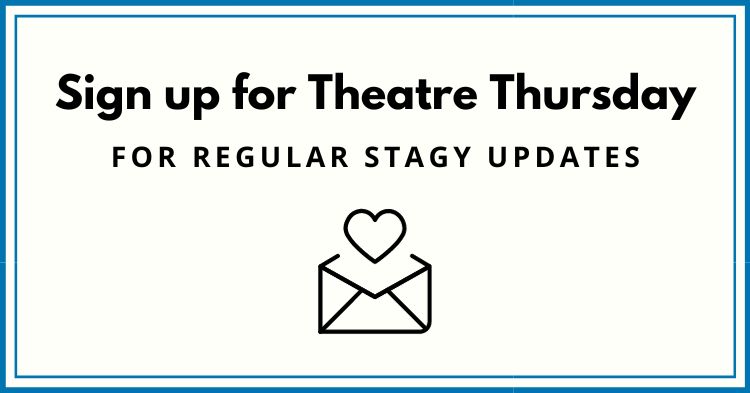
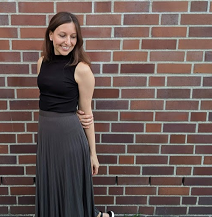
It isn’t my primary job by any means, but I have been working as the principle photographer for a regional theatre in central Florida for over 10 years. I got involved initially as an actor. I was photographing rehearsals for fun when an opening appeared and I stepped in. 10-15 shows a year for that entire duration.
That’s amazing! Theatre photography SUCH a cool job. Also, I just checked out your website and am super impressed by your work!